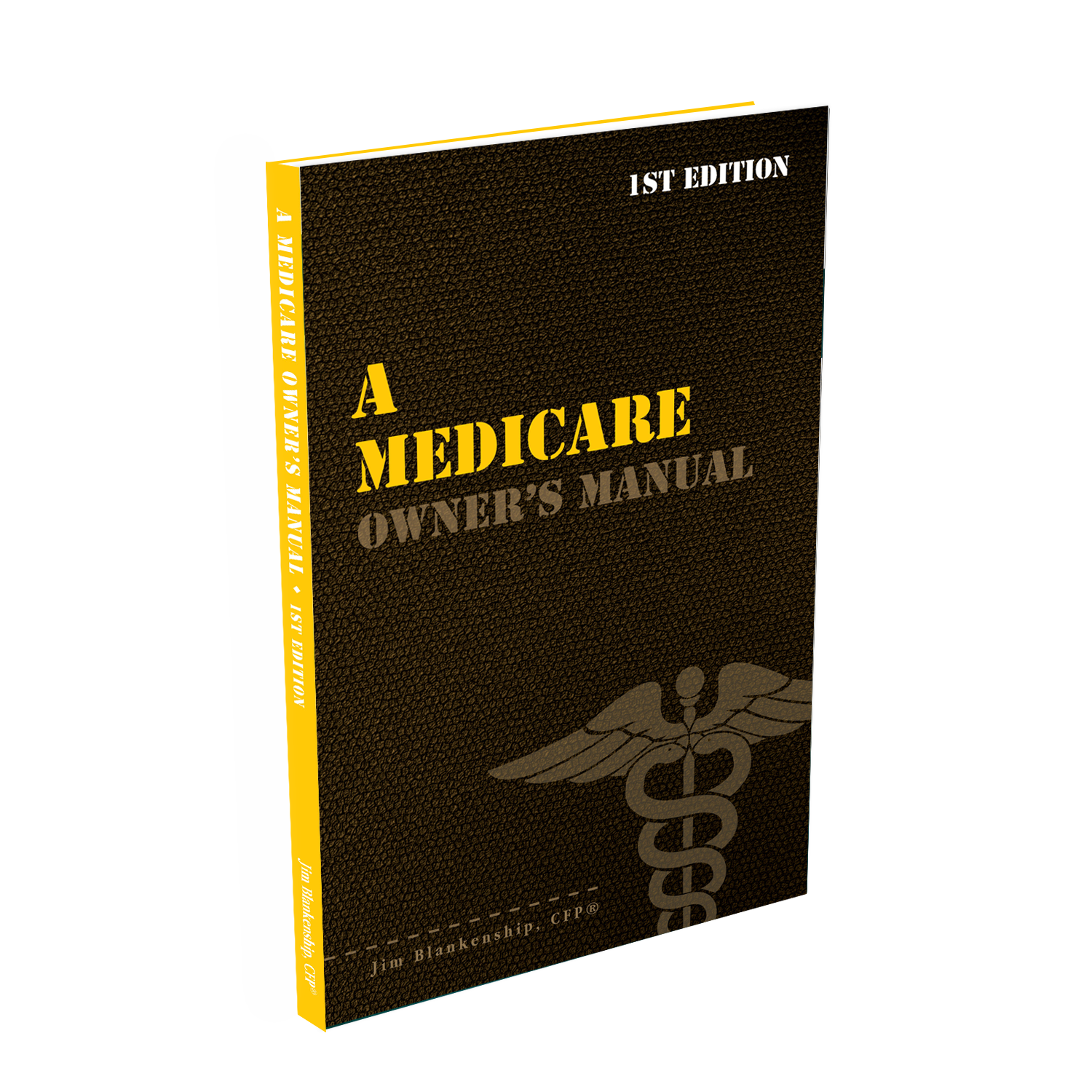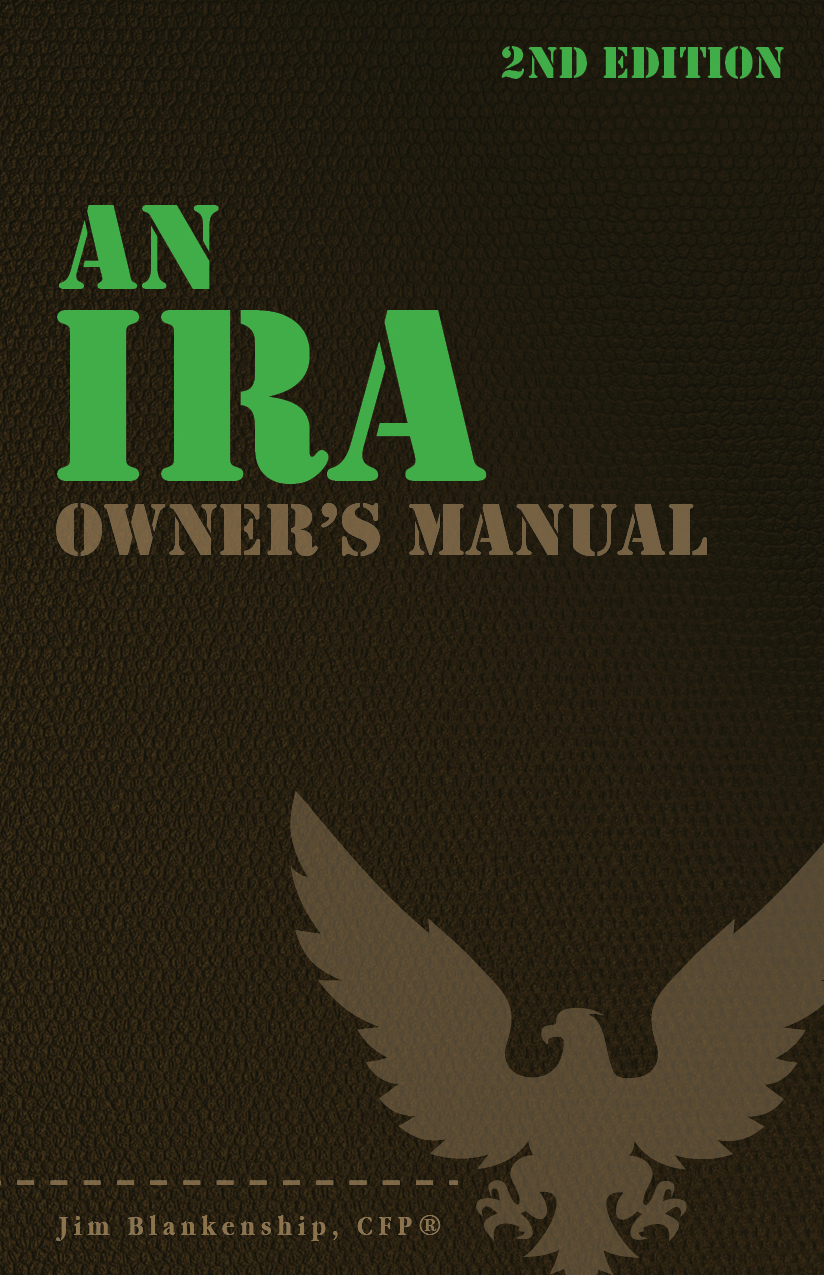Should I continue to make contributions to my 401(k)? Is there something else that I should make contributions to instead? As you may recall, the recommended order for retirement savings contributions is normally as follows: 401(k) contributions up to the amount that the company matches max out your Roth or traditional IRA contributions for the year (as applicable) max out the remainder of the available 401(k) contributions make taxable investment contributions In the situation where your employer doesn’t match your contributions to a 401(k) plan, the order of contributions is more appropriate if you bump up the Roth or traditional IRA contributions. In other words, just eliminate the first bulletpoint. Now, the choice of Roth IRA versus the traditional IRA for your contributions is dependent upon your income and the tax impacts. For example, you would not be eligible to make a deductible traditional IRA contribution if your Modified Adjusted […]
Roth IRA
When Is a Roth IRA Subject to Income Tax?
Elaine Roth (Photo credit: Wikipedia) Ah, the Roth IRA. That single bastion of non-taxable money in our arsenal of accounts. When you have investments in a Roth IRA, you can take the money out tax-free, right? Not always. There are several situations where a Roth IRA’s monies can be subjected to tax, penalty, or both. Listed below are some of those circumstances. When a Roth IRA is Taxable It should be noted that contributions to a Roth IRA may always be withdrawn from the account tax-free, for any purpose whatsoever. There are no restrictions on these withdrawals. 1. Taking the money out of the account within the first five years of the account’s existence can result in taxation of a portion of the funds. The portion that is taxable is any withdrawal that exceeds the total of all contributions and conversions into the account. This rule applies without exceptions. 2. […]
About to Graduate? Learn How to Save!
Hey, soon-to-be-graduates: as you begin to make your way out into the world of full-time employment, you’ll soon be faced with many, many “grown up” ways to spend the money you’ll be earning. You’ll of course have rent, insurance, food and clothing, maybe a car payment, and you’ll want to use some of that new-found money to blow off steam, however you choose to do that – maybe fulfilling a lifetime dream of getting “beaked” by Fredbird, for example. If you’re on top of your game, you’ll may also be thinking about saving some of your earnings. Here, you’ll have a bundle of options to choose from – regular “bank” savings accounts, 401(k) plan (or something similar) from your employer, and IRA accounts, both the traditional deductible kind and the Roth kind (hint: the Roth kind is what I want you to pay particular attention to). Side note: even if […]
Re-Converting Your IRA
Image by accent on eclectic via Flickr Okay, so we’ve covered Roth Conversions – where you distribute the funds from your traditional IRA to a Roth IRA. Then we covered Recharacterizations – where you can “undo” the conversion by moving all or part of the converted funds and the earnings associated with it back into a traditional IRA. The end result is that, for those funds converted and recharacterized, from the eyes of the IRS, nothing happened to the account (except that you may have put the money back into a different IRA). So, if you went through a Roth Conversion and then Recharacterized it, the assumption is that you wish to eventually re-convert those funds to a Roth account. When are you allowed to do this? There are two limits on the Re-Conversion of funds to a Roth account once they’ve been through the Conversion/Recharacterization wringer: This first limit […]
The Roth Recharacterization
1/1/2018 Note: Recharacterization of Roth conversion is no longer allowed as of tax year 2018. The last tax year that you could recharacterize Roth conversions is 2017. See Roth Recharacterization is No Longer Allowed for more details. After all the hoopla around Roth conversions in 2010, now is the time to consider whether or not a recharacterization is in your future. So what is a recharacterization, and how does it work? Recharacterization is the “backing out” of your Roth conversion. In other words, you can literally make the conversion as if it had never been done at all, with your money back in the traditional IRA where it started. Why would you want to do that? Here’s an example: let’s say you converted $100,000 to a Roth IRA in 2010 and you are ready to pay the tax on your 2010 return (you elected out of the spread to 2011 […]
2011 IRA MAGI Limits – Married Filing Separately
Note: for the purposes of IRA MAGI qualification, a person filing as Married Filing Separately, who did not live with his or her spouse during the tax year, is considered Single and will use the information on that page to determine eligibility. For a Traditional IRA (Filing Status Married Filing Separately): If you are not covered by a retirement plan at your job and your spouse is not covered by a retirement plan, there is no MAGI limitation on your deductible contributions. If you are covered by a retirement plan at your job and your MAGI is less than $10,000, you are entitled to a partial deduction, reduced by 50% for every dollar (or 60% if over age 50), and rounded up to the nearest $10. If the amount works out to less than $200, you are allowed to contribute at least $200. If you are covered by a retirement […]
2011 MAGI Limits for IRAs – Married Filing Jointly or Qualifying Widow(er)
Note: for the purposes of IRA MAGI qualification, a person filing as Married Filing Separately, who did not live with his or her spouse during the tax year, is considered Single and will use the information on that page to determine eligibility. For a Traditional IRA (Filing Status Married Filing Jointly or Qualifying Widow(er)): If you are not covered by a retirement plan at your job and your spouse is not covered by a retirement plan, there is no MAGI limitation on your deductible contributions. If you are covered by a retirement plan at work, and your MAGI is $90,000 or less, there is also no limitation on your deductible contributions to a traditional IRA. If you are covered by a retirement plan at your job and your MAGI is more than $90,000 but less than $110,000, you are entitled to a partial deduction, reduced by 25% for every dollar […]
2011 MAGI Limits – Single or Head of Household
Note: for the purposes of IRA MAGI qualification, a person filing as Married Filing Separately, who did not live with his or her spouse during the tax year, is considered Single and will use the information on this page to determine eligibility. For a Traditional IRA (Filing Status Single or Head of Household): If you are not covered by a retirement plan at your job, there is no MAGI limitation on your deductible contributions. If you are covered by a retirement plan at work, if your MAGI is $56,000 or less, there is also no limitation on your deductible contributions to a traditional IRA. If you are covered by a retirement plan at your job and your MAGI is more than $56,000 but less than $66,000, you are entitled to a partial deduction, reduced by 50% for every dollar over the lower limit (or 60% if over age 50), and […]
Your 2% Opportunity in 2011
By now you’ve heard the news from the 2010 Tax Act – one of the provisions is that during calendar year 2011, the Social Security withholding tax is reduced from 6.2% to 4.2%. This means that you have an additional 2% of your income, up to the $106,800 limit, available to you to do with as you wish. This is your opportunity to make a splash! I think it would be a very good idea to bump up your 401(k) deferral by 2% if you aren’t already maxed out. If you have maxed out your 401(k), you could use the extra money to contribute to your Roth IRA, or put some money into your taxable investment account. No matter what, since this money was originally intended to be for retirement (if it had been withheld for Social Security, it would have gone to *someone’s* retirement), you should put it toward […]


 Sterling Raskie, MSFS, CFP®, ChFC®
Sterling Raskie, MSFS, CFP®, ChFC® The latest in our Owner’s Manual series, A 401(k) Owner’s Manual, was published in January 2020 and is available on
The latest in our Owner’s Manual series, A 401(k) Owner’s Manual, was published in January 2020 and is available on  A Medicare Owner’s Manual, is updated with 2020 facts and figures. This manual is available on
A Medicare Owner’s Manual, is updated with 2020 facts and figures. This manual is available on  Social Security for the Suddenly Single can be found on Amazon at
Social Security for the Suddenly Single can be found on Amazon at  Sterling’s first book, Lose Weight Save Money, can be
Sterling’s first book, Lose Weight Save Money, can be  An IRA Owner’s Manual, 2nd Edition is available for purchase on Amazon. Click the link to choose the
An IRA Owner’s Manual, 2nd Edition is available for purchase on Amazon. Click the link to choose the  Jim’s book – A Social Security Owner’s Manual, is now available on Amazon. Click this link for the
Jim’s book – A Social Security Owner’s Manual, is now available on Amazon. Click this link for the  And if you’ve come here to learn about queuing waterfowl, I apologize for the confusion. You may want to discuss your question with Lester, my loyal watchduck and self-proclaimed “advisor’s advisor”.
And if you’ve come here to learn about queuing waterfowl, I apologize for the confusion. You may want to discuss your question with Lester, my loyal watchduck and self-proclaimed “advisor’s advisor”.